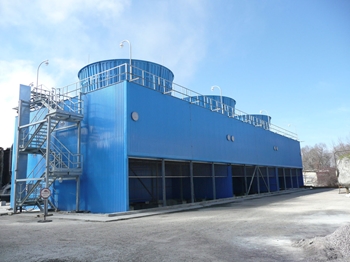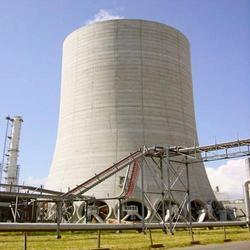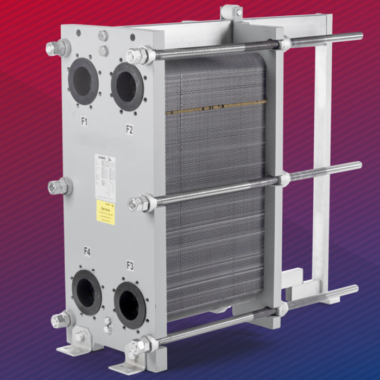Descaling Cooling Systems
Descaling Cooling Systems
De-scaling is a basic maintenance prepare for cooling systems, particularly those inclined to scale buildup due to difficult water or mineral-rich makeup water. Scale accumulation in cooling systems can lead to decreased heat transfer effectiveness, expanded energy utilization, hardware damage, and system downtime. De-scaling includes the evacuation of scale deposits from different components of the cooling system to restore optimal execution. Here’s an overview of the descaling prepare for cooling systems :
Identify Scale Buildup:
- Some time recently descaling, it’s essential to distinguish areas of scale aggregation within the cooling system. Common areas inclined to scale buildup include heat exchangers, channeling, tubing, nozzles, and cooling tower fill material.
Select Descale Solution:
- The choice of descaling solution depends on the type and seriousness of scale stores, as well as the materials of development of the cooling framework components. Acid-based descaling operators, such as citric corrosive, hydrochloric acid, or sulfuric corrosive, are commonly utilized for evacuating mineral scale stores. Non-acidic de-scalers may be favored for sensitive materials or food-grade applications.
Prepare Descale Solution:
- Dilute the descaling operator according to the manufacturer’s enlightening, taking appropriate security precautions such as wearing defensive clothing, gloves, and goggles. Ensure appropriate ventilation in the range where descaling will take place.
Shutdown Equipment:
- Before descaling, closed down the gear, counting pumps, fans, and related systems, to guarantee security and prevent accidental introduction to descaling chemicals.
Flush Cooling System:
- Drain the cooling system to evacuate any remaining water and debris. Flush the system with clean water to remove loose scale particles and get ready it for descaling.
Apply Descale Solution:
- Circulate the prepared descaling arrangement through the cooling system employing a pump or distribution system. Ensure that all components affected by scale buildup are completely exposed to the descaling solution.
Soak or Circulate:
- Depending on the severity of scale stores, allow the descaling arrangement to drench within the system for a indicated period or circulate it continuously through the system to dissolve and loosen the scale stores.
Flush and Rinse:
- After the descaling handle is total, thoroughly flush the cooling system with clean water to remove dissolved scale and remaining descaling arrangement. Rehash the flushing prepare different times to guarantee total removal of de-scaler and scale residues.
Inspect and Test:
- Once the descaling prepare is finished, assess the cooling system components for any remaining scale deposits or signs of damage. Perform water quality testing to guarantee that the descaling prepare has been effective which the cooling system is prepared for operation.
Restart Equipment:
- After affirming that the cooling system is clean and free of scale deposits, restart the equipment and screen its performance to ensure proper operation.
Implement Preventive Measures:
- To anticipate future scale buildup, consider executing preventive measures such as water treatment, filtration, normal cleaning, and checking of water quality parameters. Appropriate maintenance practices and water treatment can offer assistance minimize scale arrangement and extend the life of the cooling system.
By following these steps, administrators can viably descale cooling systems, restore heat transfer productivity, and maintain the reliability and execution of cooling hardware.







Exploring Redundancy in Cooling Systems - Cool Fab Equipments March 21, 2024 at 7:52 pm
[…] redundancy is essential for ensuring the reliability, resilience, and uninterrupted operation of manufacturing process cooling systems. By incorporating redundant components and backup capacity into cooling system designs, […]